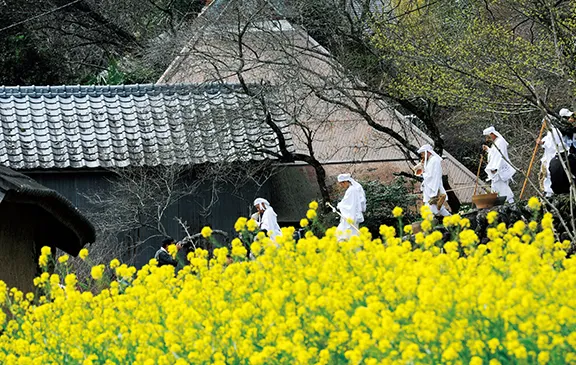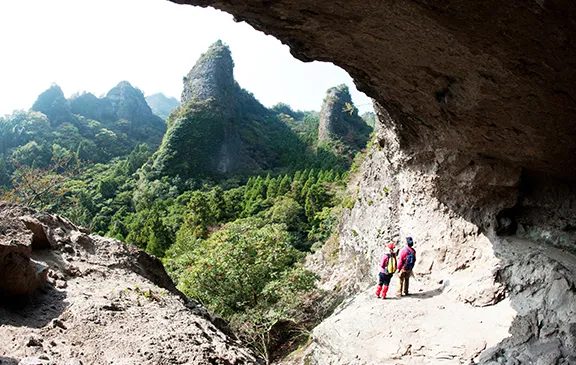
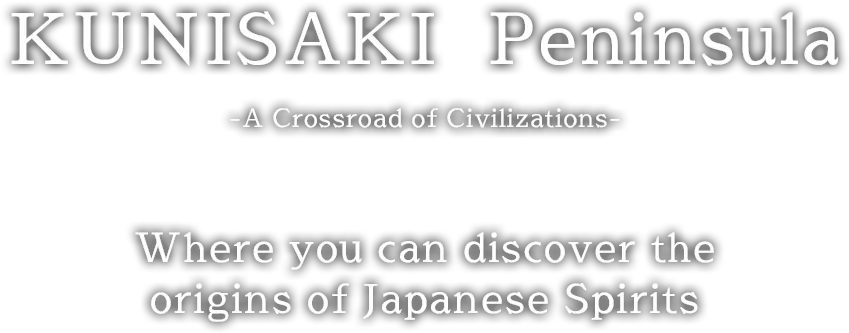
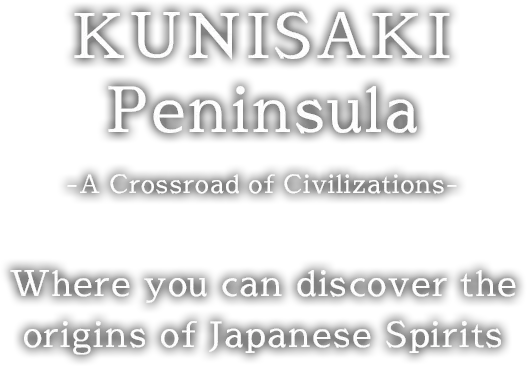
-Enlightenment on the Sacred Peninsula–The Origin of Japanese Spirits-



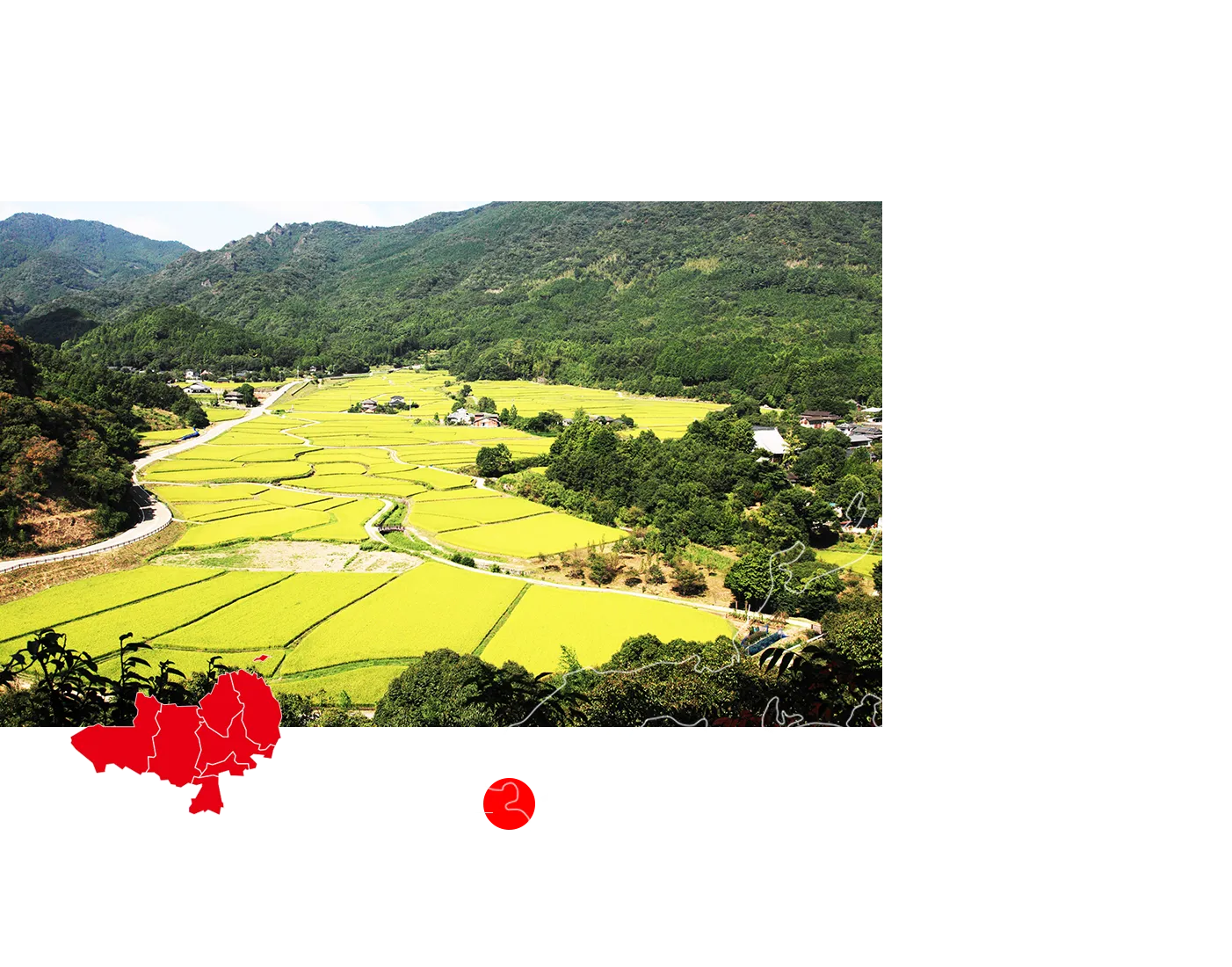
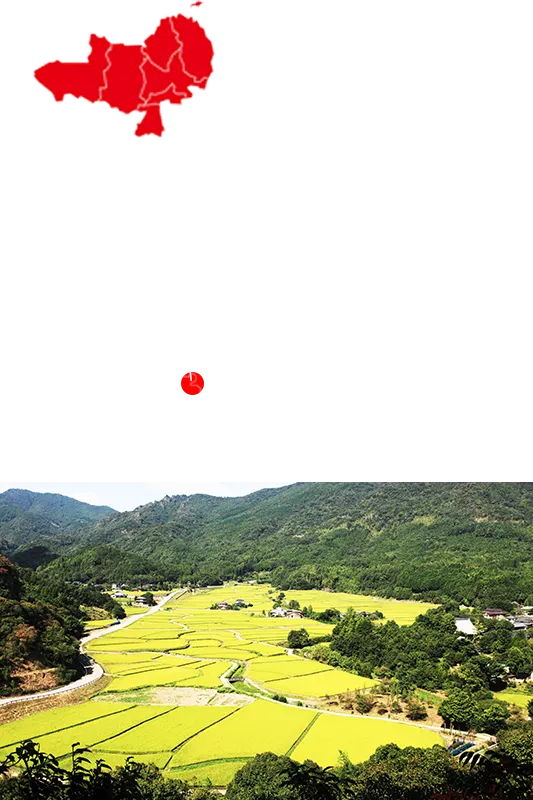
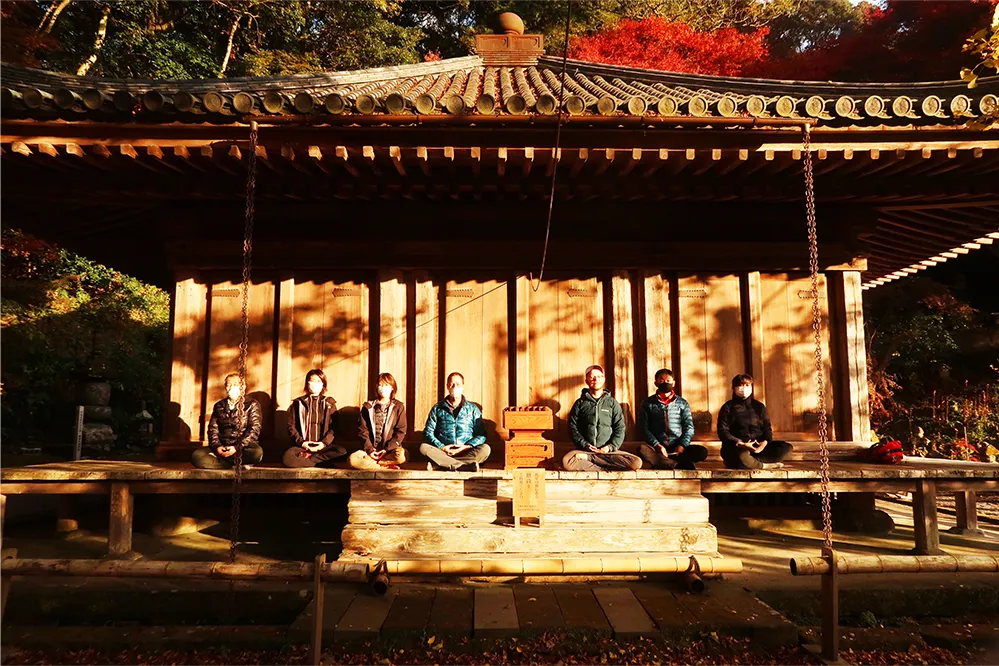
The Japanese archipelago consists of four large islands: Hokkaido, Honshu, Shikoku, and Kyushu.
Of these, Kyushu is closest to China, the Korean Peninsula, and Southeast Asia, with northern Kyushu being
the area most strongly influenced by these regions.
Rice, the staple food of Japan, is said to have
originated from the Korean Peninsula. The technology of rice cultivation was first introduced in northern
Kyushu and later spread throughout Japan. In addition to rice cultivation, foreign visitors also introduced
civil engineering and construction, iron manufacturing, the kanji writing system, and Buddhism.
Since the
Kunisaki Peninsula is located at the intersection of these sea routes, many foreign customs and cultures
were introduced and carried onwards to Kyoto and Nara via the Seto Inland Sea. Situated at this crossroads,
the Kunisaki Peninsula thus served as a transit point and remains a key location for visitors to learn about
the origins of Japanese culture.



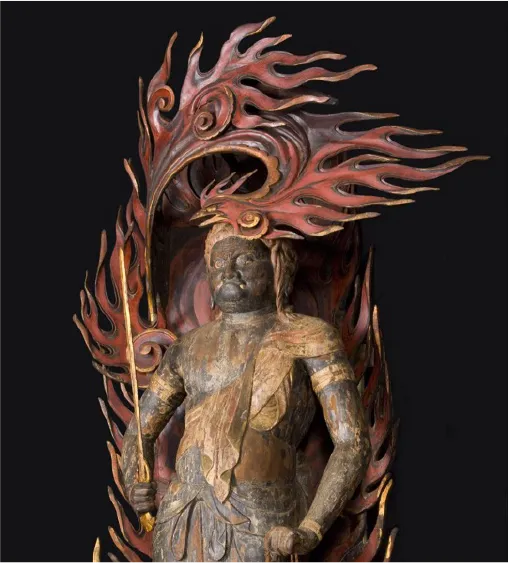
- Birthplace of Shinto-Buddhist Syncretism
-
Cultures and technologies brought from Polynesia and other southern regions, as well as from the Chinese mainland, were fused and harmonized with those originally found in Japan on the Kunisaki Peninsula. One example is the syncretism of Shintoism and Buddhism, called Shinbutsu Shugyo.
Shintoism is the indigenous religion of Japan which is based on belief in nature. Buddhism, introduced from China and Korea, coexists in harmony with Shintoism. On the Kunisaki Peninsula, the Usa Jingu Shrine is an exemplary symbol of this development.
Behind the wooden statue of Fudo Myo-o enshrined in the Makiodo is a rare carving of a Karura-en. Karura refers to "Garuda" a divine bird in Indian mythology that breathes fire. This unique statue’s presence suggests a connection between southern Asia and the Kunisaki Peninsula from long ago.
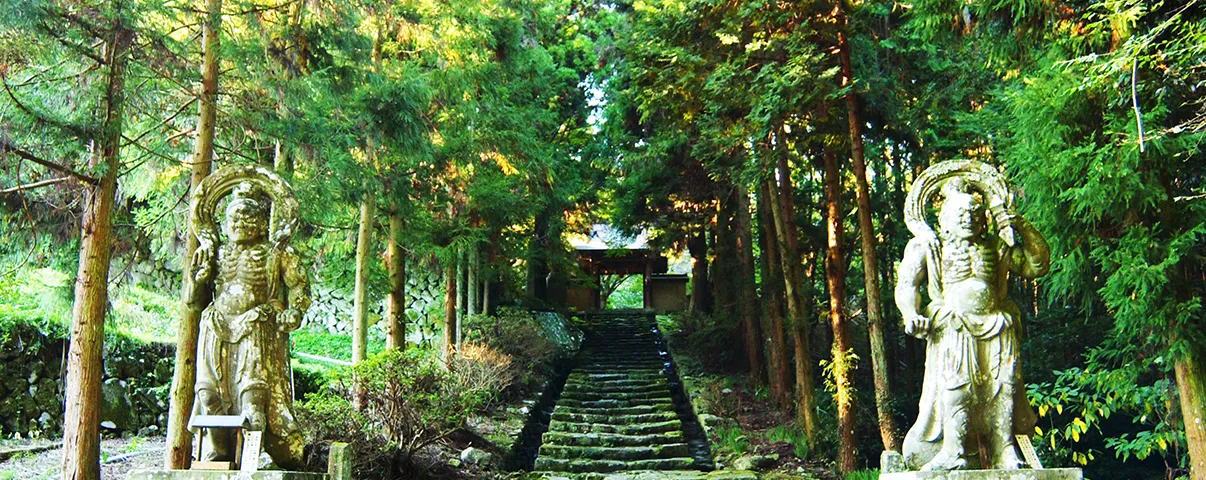
- Where Cultures and Beliefs Intermingle
-
In this region of Japan, there is a belief in Shinto gods, Buddha, and also ogres. Here, ogres are generally regarded as terrifying creatures that bring misfortune, but here in Kunisaki they are loved by the people who regard them as reliable and gentle beings who bring happiness.
On the Kunisaki Peninsula, stone statues of Nio and Fudo Myo-o can be seen everywhere in addition to large Buddha statues carved into rock walls and giant stones. It can be imagined that the visitors and the local people competed to show off their stone carving skills and their devotion to Buddha. Even now, more than a thousand years later, we can still experience the breadth of their stonemasonry skills.
Thus, the Kunisaki Peninsula is a sacred land created through the perfect combination of Eastern and South-Asian cultures, mainland China, the Korean Peninsula, ancient Japanese culture, and various beliefs in Shinto gods, Buddha, and ogres.



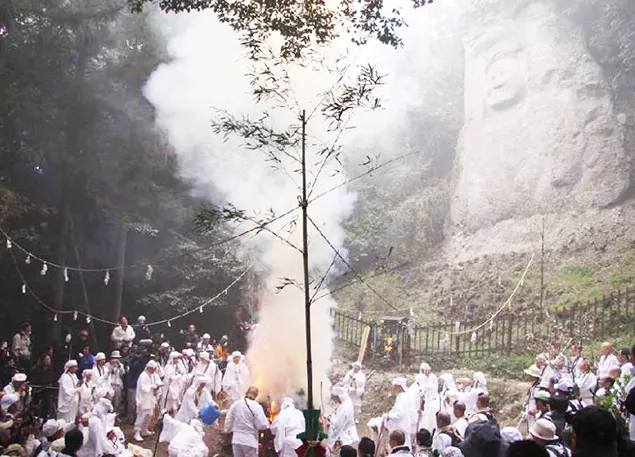
-
Temple complexes that extend throughout the Kunisaki Peninsula are called "Rokugo Manzan" and are locales of ascetic practice for Japanese mountain religions that combine Shintoism and Buddhism in a form of syncretism. Each of the temples in the Rokugo Mansan serves as a locus of discipline (shugyo) for ascetic monks to study, train, and proselytize.
Since ancient times, Buddhist monks have admired ogres for their mysterious powers believed to transcend human knowledge. In an attempt to get closer to their beings, the monks climbed rocks and created training sites called iwaya by carving out caves where the ogres lived. "Mineiri" (entering the mountains) is the practice of visiting these locales. Starting from Mt. Omoto, the ascetics walked from temple to temple, from ascetic practice site to practice site. Seeking enlightenment they traversed 150 km of steep mountains and valleys, visiting 183 sacred places until they reached Futagoji Temple, located at the top of the Kunisaki Peninsula.
-
The path walked by these ascetic monks is called the "Kunisaki Hantou Minemichi Long Trail." The path has been reconstructed to be more enjoyable with the addition of promenades that allow visitors to experience the true joy of trekking and walking, with a total distance of 135 km (10 sections in all).
The Kunisaki Hantou Minemichi Long Trail is rich in variety with peaceful satoyama countryside (said to be the original landscape of Japan) and a combination of virgin and working forests. There is rocky terrain as well as slopes so steep that chains are provided to grab on to. The Kunisaki Hantou Minemichi Long Trail is an ancient and sacred road where you can experience the way of ascetic monks who endeavor to transcend the power of nature and human knowledge. Here you can confront a spiritual culture unique to Japan.

-Enlightenment on the Sacred Peninsula–The Origin of Japanese Spirits-
 Japanese
Japanese English
English


